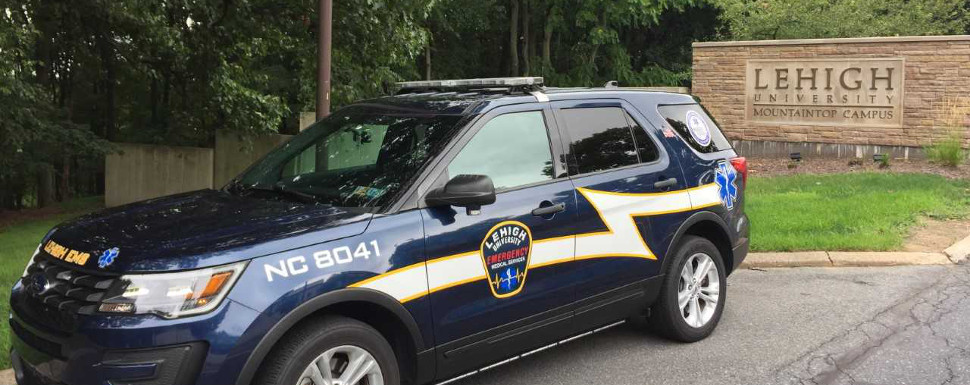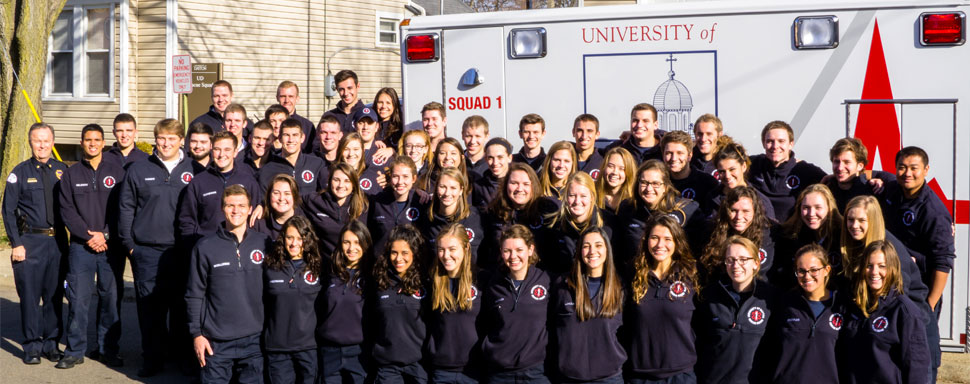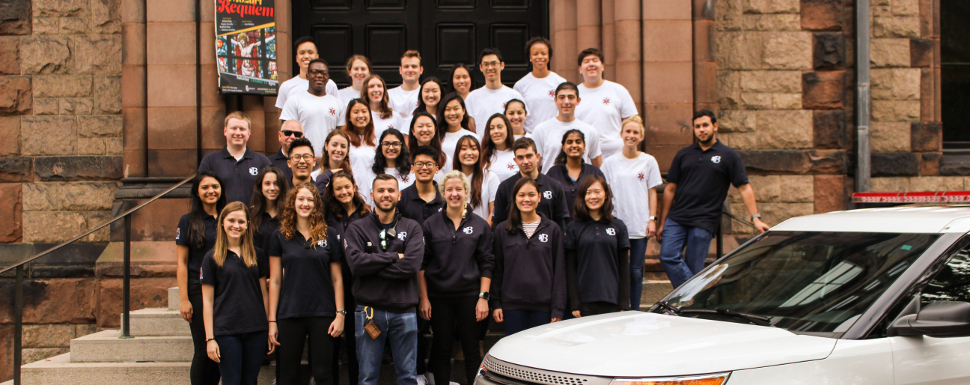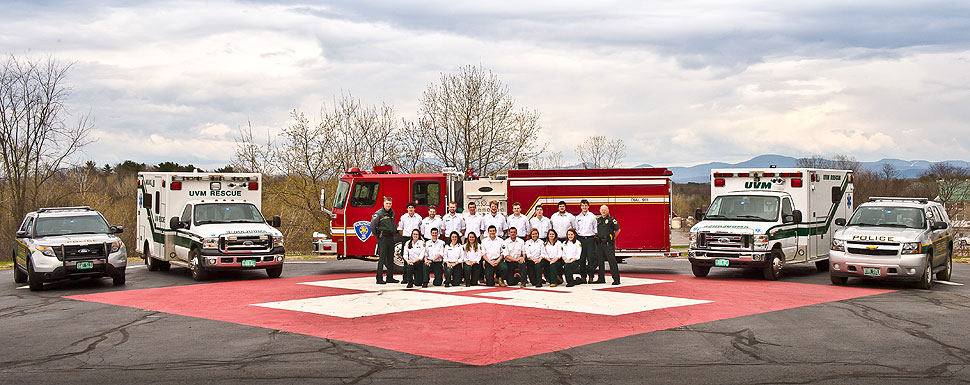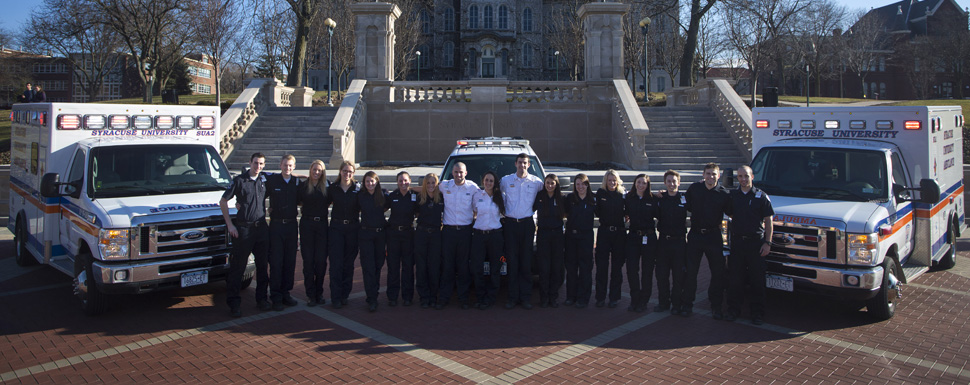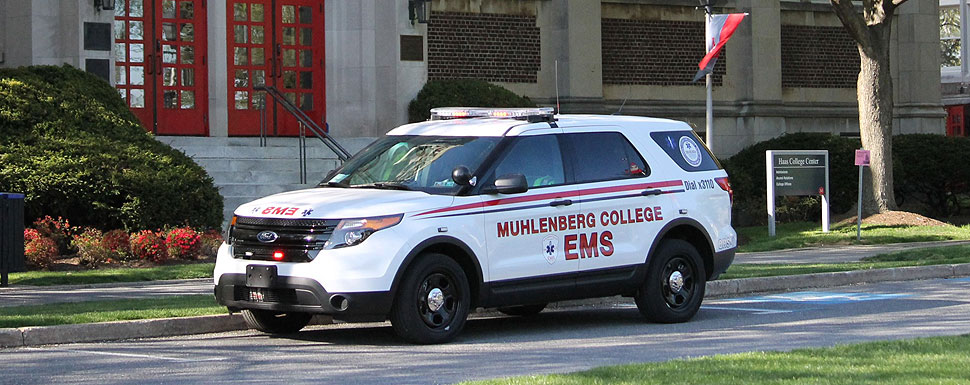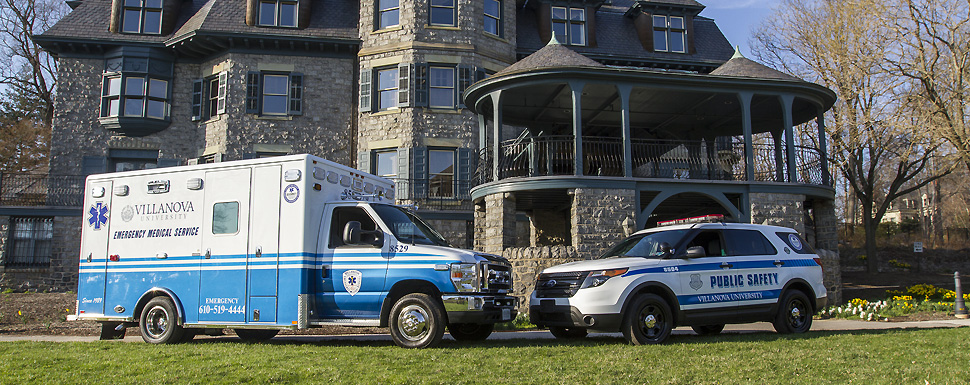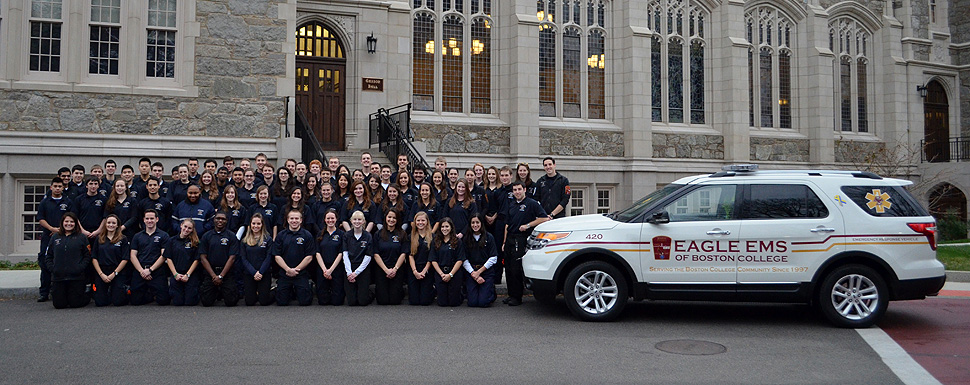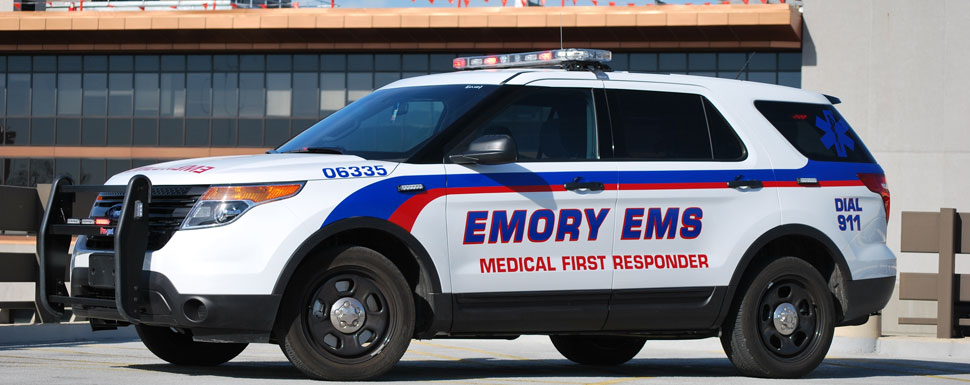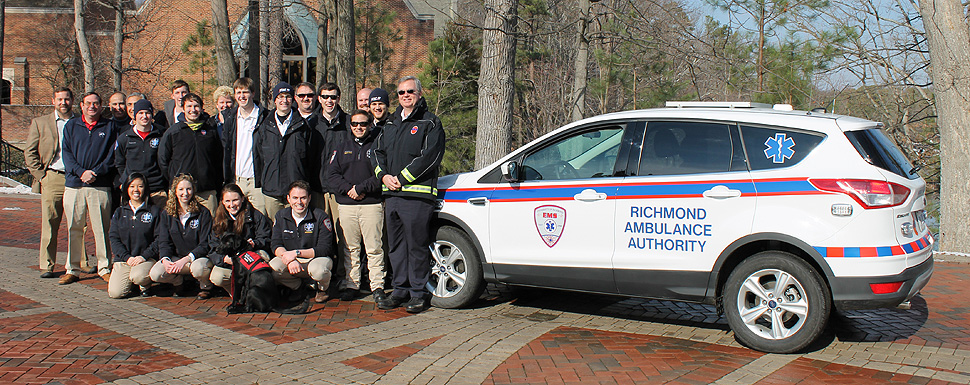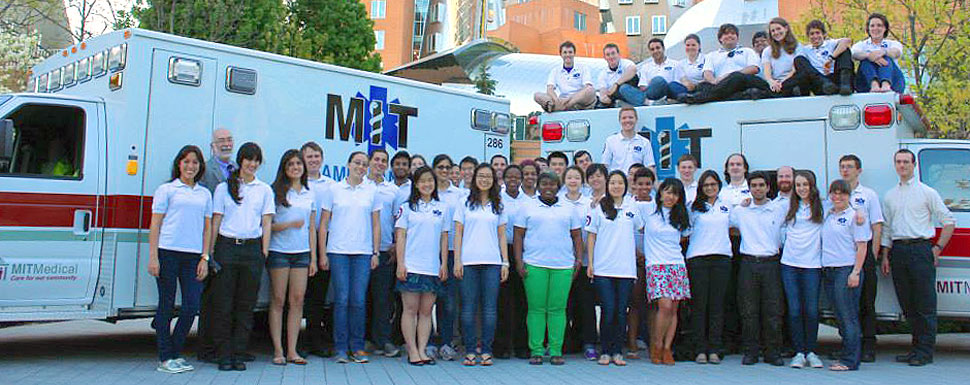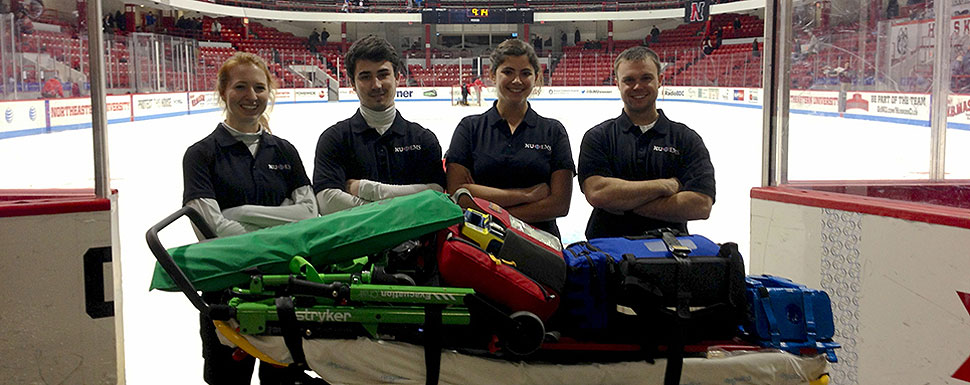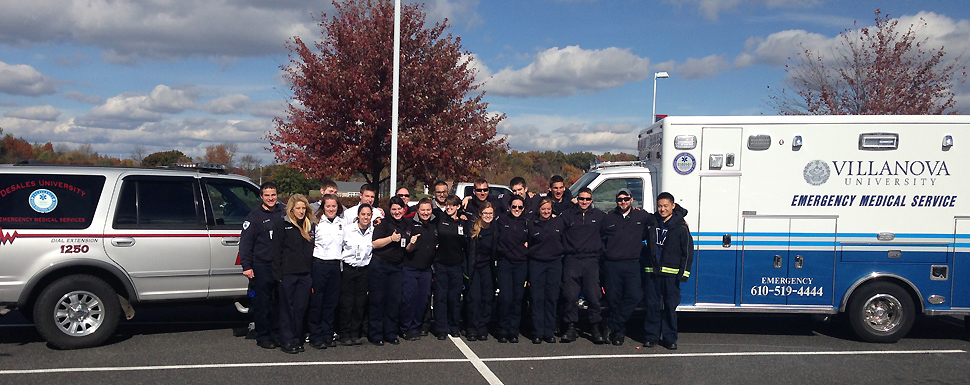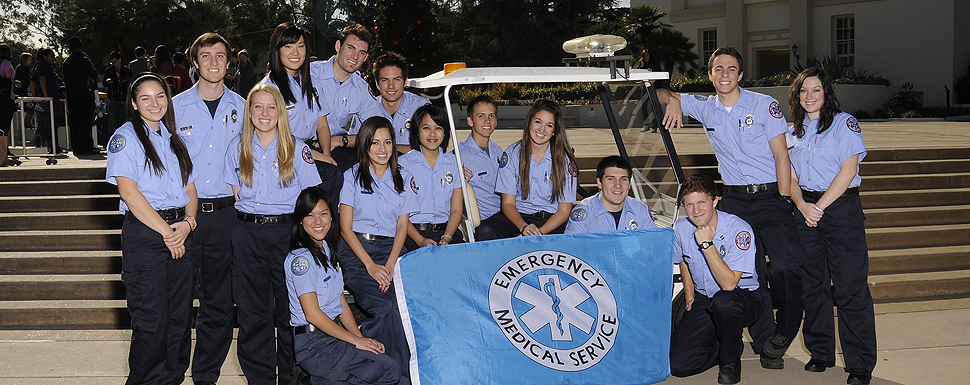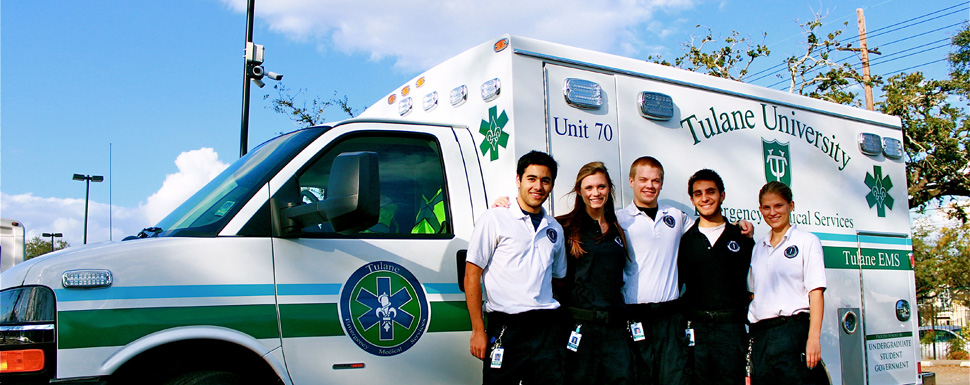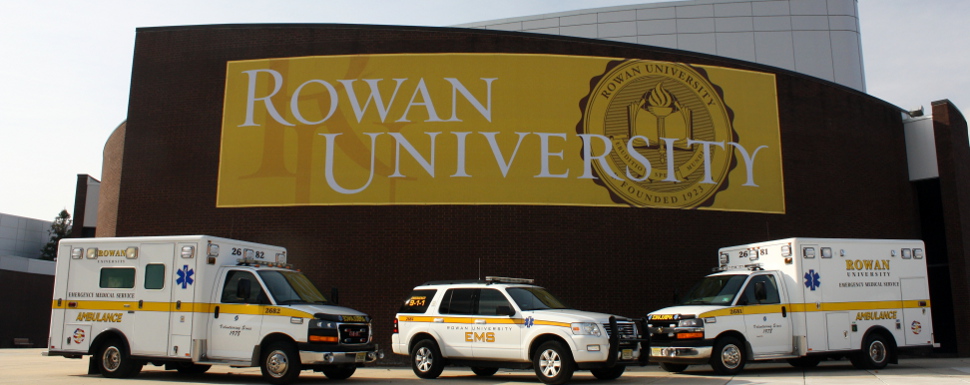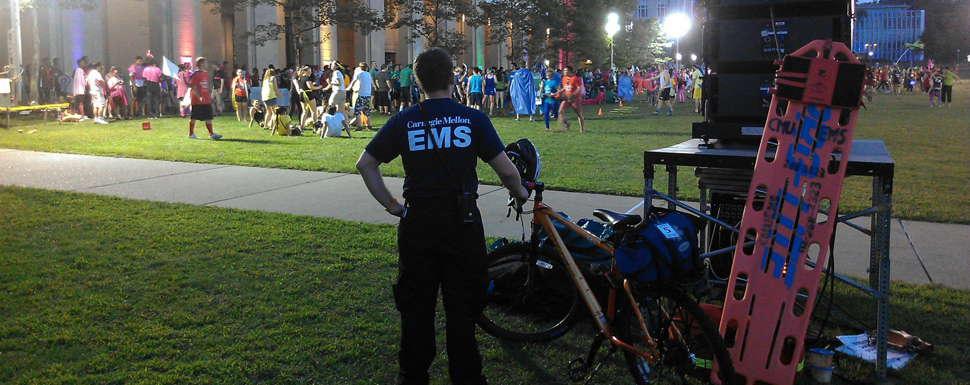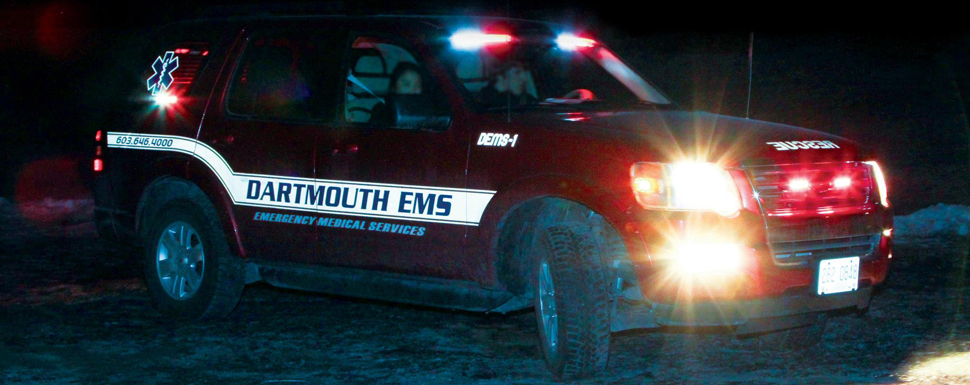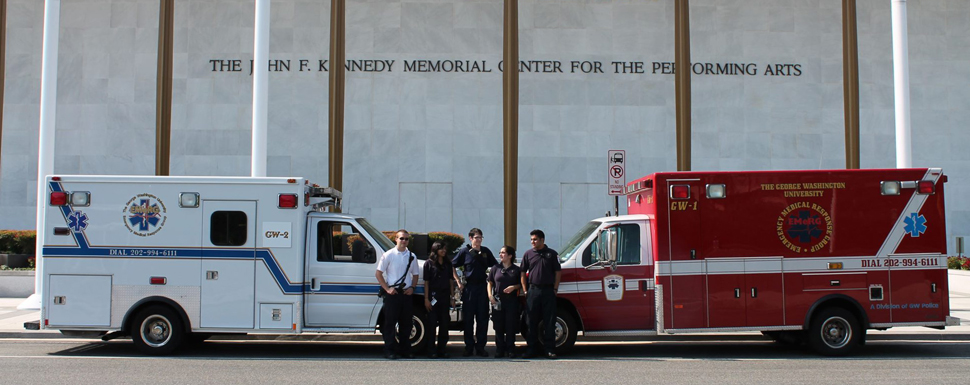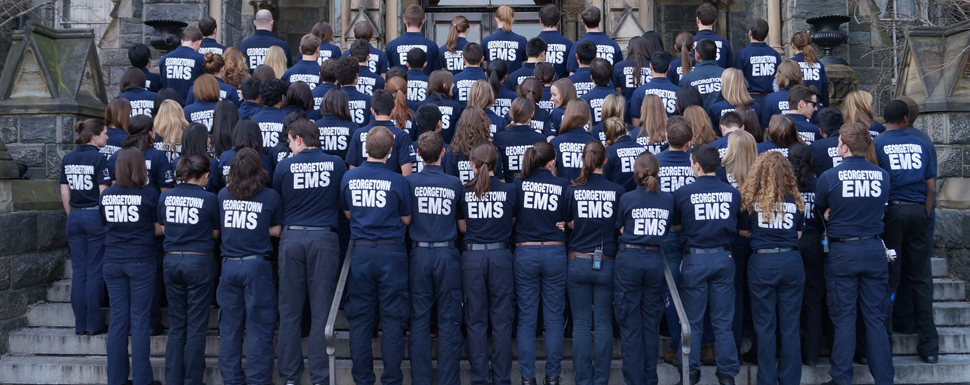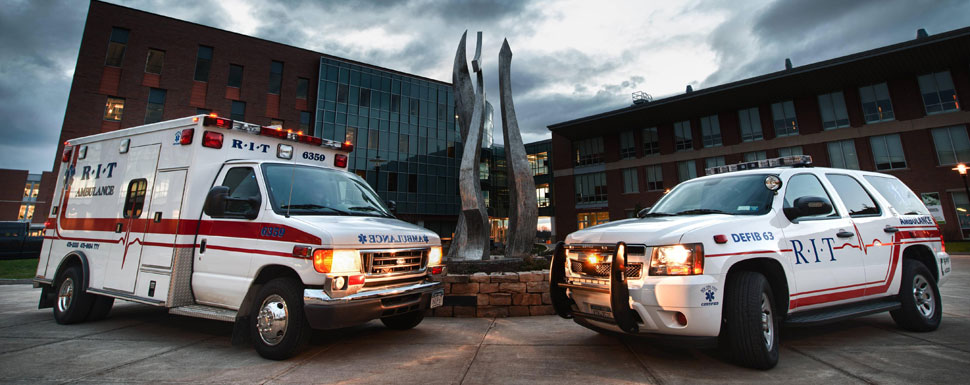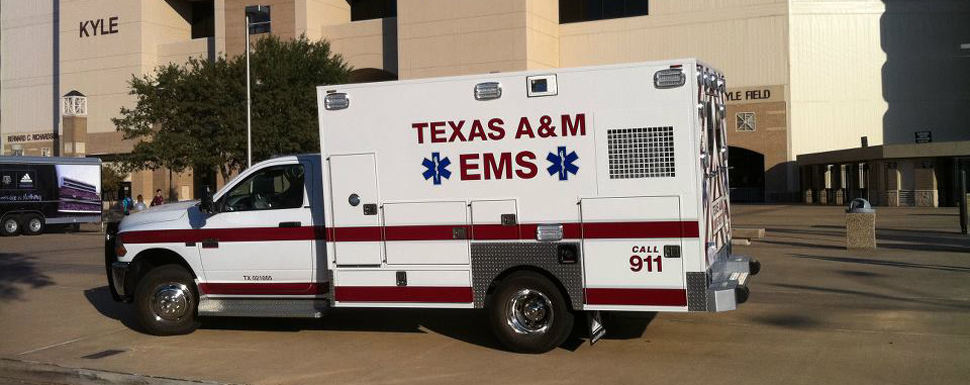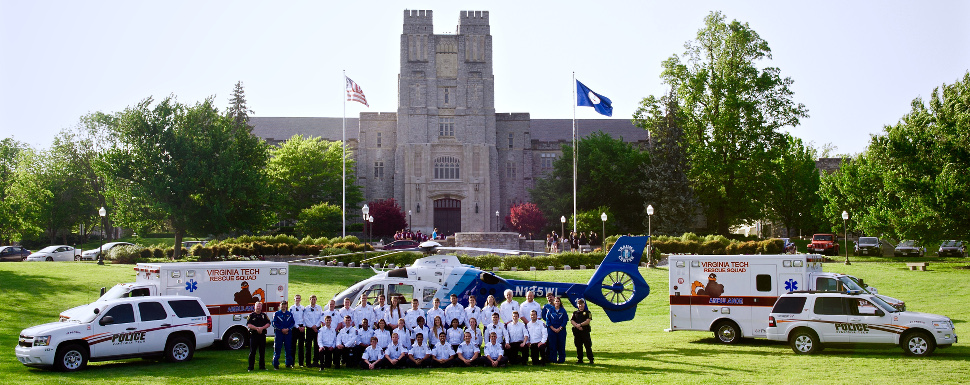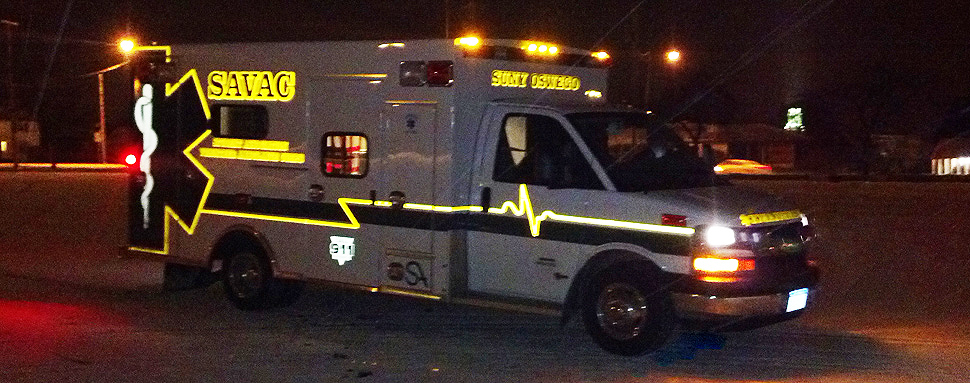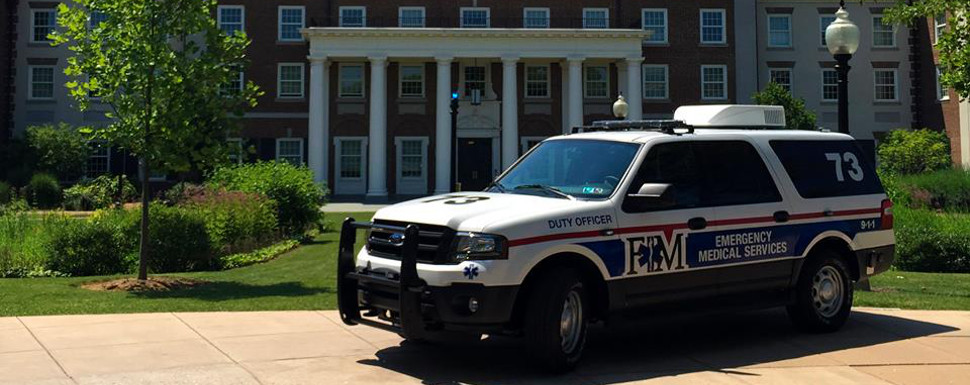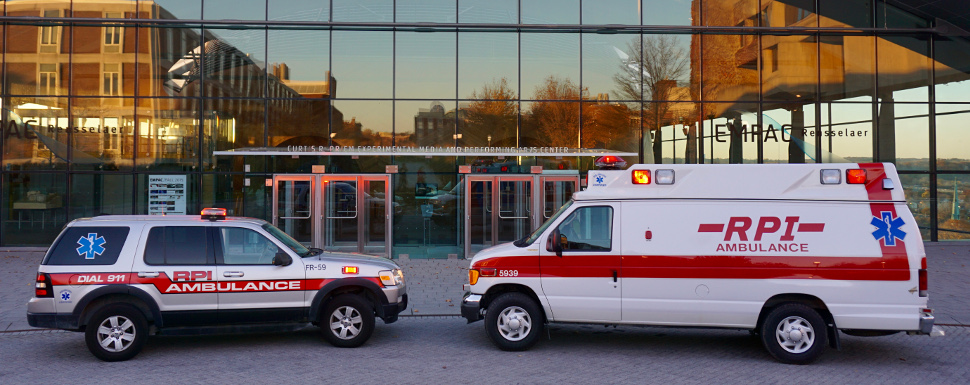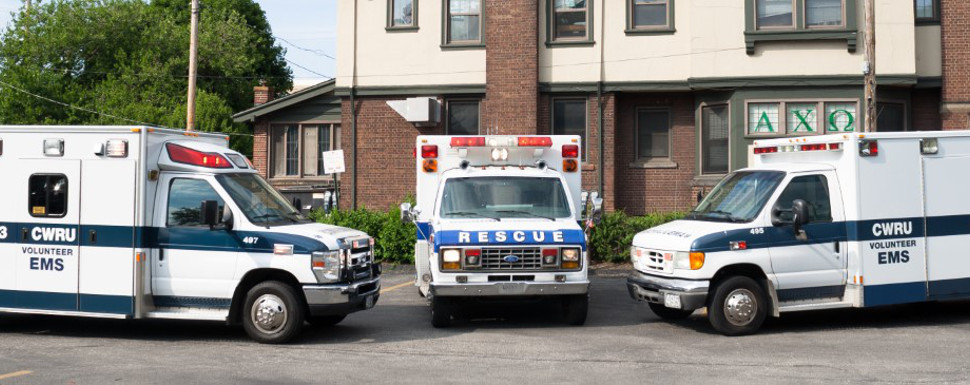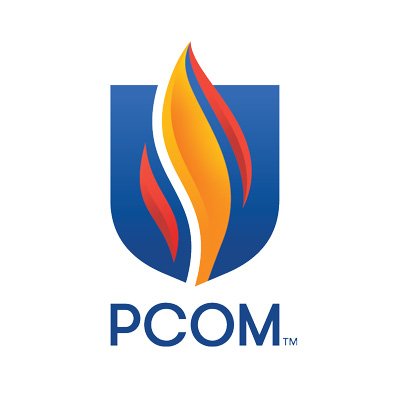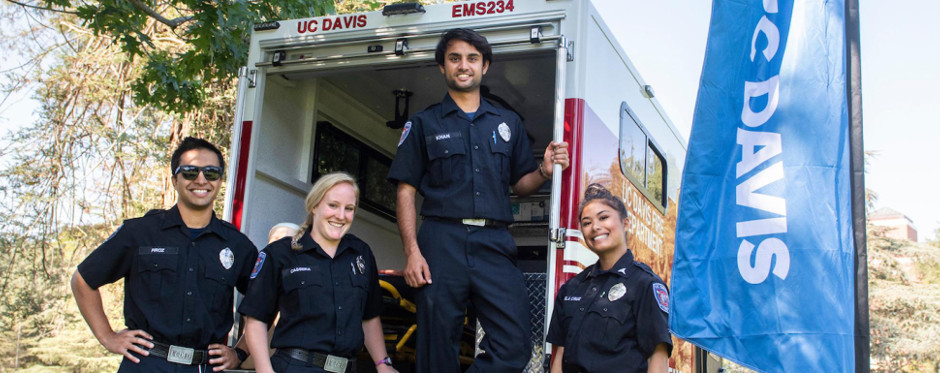
Tulane EMS Team Saves Cabbie's Life
The Times-Picayune
Tulane EMS Team Saves Cabbie's Life
Volunteer project is only one of its kind in the state
By Joan Treadway
Staff writer/The Times-Picayune
Cabbie Jason Powers was ferrying passengers across Tulane University's campus about two weeks ago when he stopped for a turning car, then suddenly slumped over his steering wheel.
When emergency workers arrived, Powers was not breathing. He had no pulse. The EMS workers placed a valve mask over his face and pumped oxygen into his body. They administered CPR and shocked his heart with a defibrillator. Finally, they transported him to the Baptist campus of Memorial Medical Center.
Now, Powers, 58, is back in his Kenner home, recuperating from what a doctor termed "sudden cardiac death." He was released Tuesday after a stay at Ochsner Foundation Hospital, to which he had been transferred.
Such life-saving tales are not uncommon among EMS workers, but this was not a typical ambulance service. Powers' saviors were Tulane University undergraduates who staff a volunteer emergency medical operation.
Tulane Emergency Medical Service, or TEMS, was founded nearly 20 years ago by a few students who worked out of a converted van. It was among the first such campus services in the country, said Dr. Wayne Baxley, the organization's medical director.
Today, TEMS has 32 volunteers and is the only service of its kind in Louisiana, though there are 200 similar operations on campuses across the United States, according to the National Collegiate EMS Foundation, a nonprofit professional group in Washington, D.C.
Each morning, three Tulane students meet at 7:30 a.m. in the Monk Simons building, near South Claiborne Avenue, to get hand-held radios from the overnight team and to check out equipment on the two ambulances. One person on each team keeps the ambulance parked close by, and, when a call comes from the university's public safety department, picks up the other two team members on the way to the scene.
Typical calls involve broken bones or nausea, not unconscious cab drivers. The service handles one or two calls each day, and the students, who can move around the campus, are asked to cover at least two 12-hour shifts each week. The service operates 24 hours a day during the academic year, except for a short break during the Christmas holidays, said Mark Laperouse, 21, a New Orleans native who is the organization's director.
TEMS volunteers take a semester of free basic training, and then provide a free service for campus patients, as well as Tulane faculty, staff and students who live nearby and have medical problems at home, Laperouse said.
As for the student volunteers, those interested in medical careers gain first-hand experience, and those pursuing other professions, a good close-up view of life, Laperouse said.
"I love it. You see people at their best and worst times," said Drina Freitas, 21, who was supervisor on the team that assisted Powers. Freitas, a senior from Westchester County, N.Y., who is studying cell biology and psychology, said making ambulance rolls has solidified her decision to be a doctor.
In Powers' case, the emergency medical service was contacted Oct. 5 about 5:06 p.m. and arrived at the cab, near the sports medicine complex, just three minutes later, according to the university's public safety records.
"The Tulane service was fantastic; the students saved his life," said Powers' wife, Georgia, 59, who took a leave from her job as school food technician to care for him. Although he will not be able to return to his job with United Cab, Powers is talking and walking a little, and the family, which includes four children, eight grandchildren and two dogs, is grateful, she said.
Dr. Sherif Sakla, an emergency room doctor at Baptist, said Georgia Powers' assessment of the Tulane team is correct. "Absolutely, they saved his life," Sakla said, citing the speed of the service as well as the medical tasks the crew performed.
Josh Waggener, 18, a sophomore from Three Forks, Mo., another member of the team that saved Powers, also plans to become a doctor. But the third team member, Campbell McLean, 21, of Washington, D.C., a senior, wants to be a high school teacher. He said he joined TEMS after friends who were emergency medical technicians told him the work was interesting and exciting.
"And it has been," McLean said.
City officials say the Tulane service measures up against the other ambulance services in the community. Tulane claims an average response time of 3

